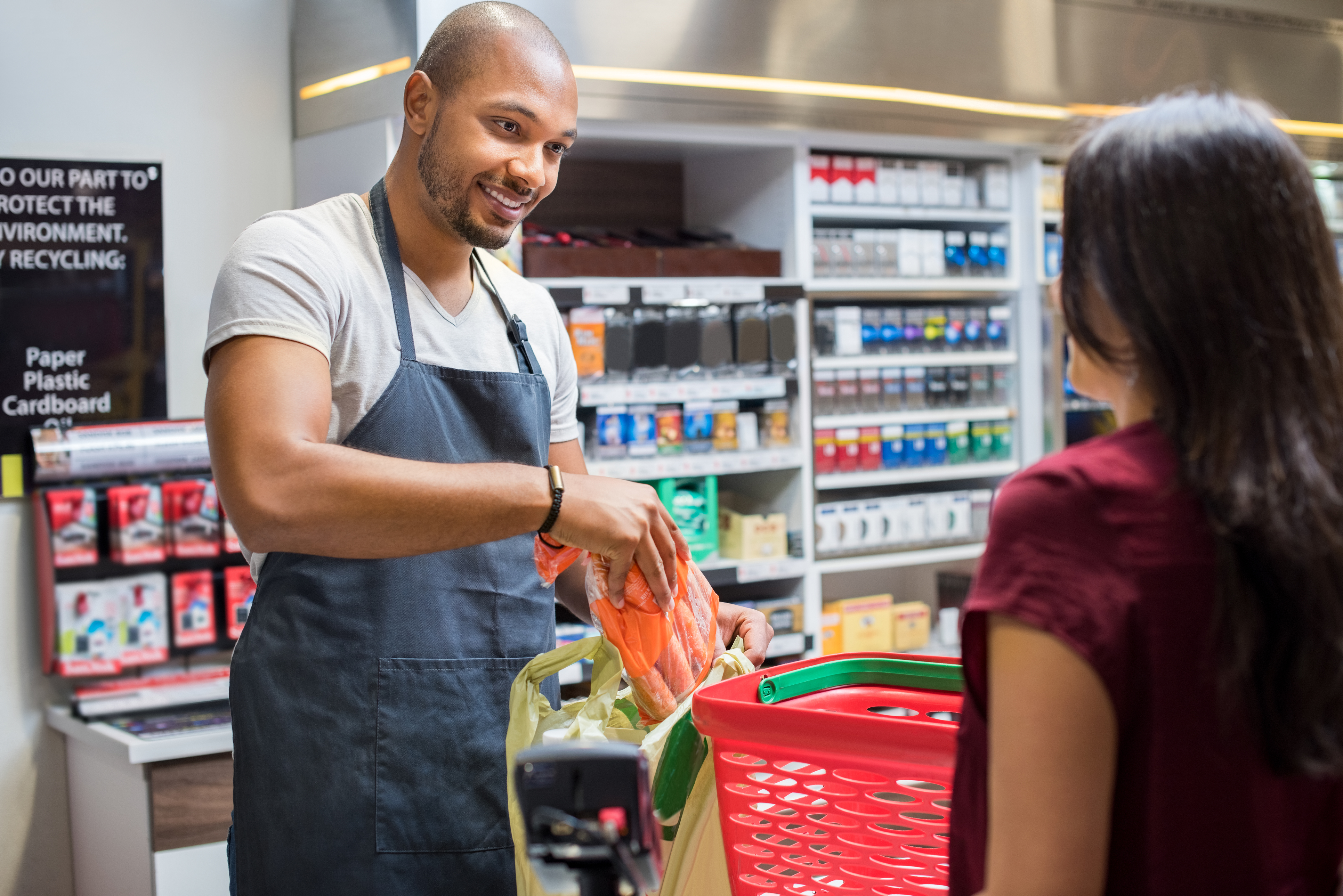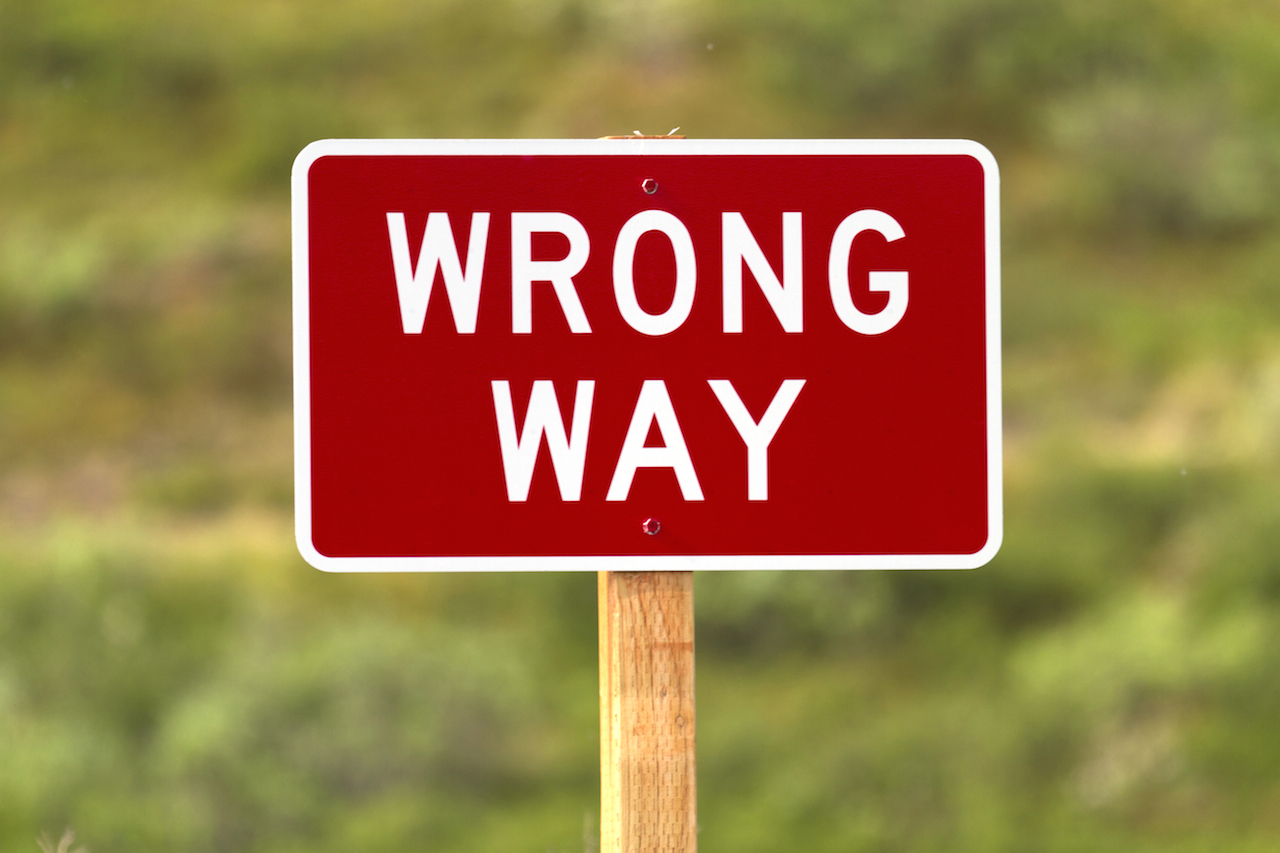
The nature of our free-market economy guarantees that regardless of which industry segment you might operate within, there will be significant competition to capture and retain clients. This is especially true for the more than 153,000 convenience stores, roughly 80% of which also sell fuel. In order to effectively compete for consumers’ limited consumer activity, which aggregates to roughly $650B in total annual sales, it’s necessary for retailers to integrate and leverage every tool possible. Loyalty programs offer an incredible way to retain clients and can be implemented with little effort. Click here to learn how our Loyalty Programs can easily incorporate with your POS software.
Why POS Software is Critical for Overall Success
In this industry, convenience store POS software becomes the platform upon which retailers build extensive and comprehensive operations management systems capable of automating and handling the numerous tasks associated with running a retail operation. From inventory management to human resource functionality, from lottery management systems to tobacco rebate programs, POS software platforms act as the backbone for convenience stores and play an integral role in simplifying complex systems and making convenience stores easier to manage.
Moving out of 2019 into 2020, it’s crucial for convenience stores to embrace an additional tool in the POS software arsenal – loyalty programs. As market share becomes more important, loyalty programs will be one of the strongest attractors to capture, convert, and retain customer purchasing behavior. Let’s explore the important role loyalty programs play in convenience stores’ efforts to build and maintain long-term business growth, as well as several points convenience stores should remain aware of regarding the limitations on the power of such programs.
Benefits of Embracing Loyalty Programs
Loyalty programs are exciting tools that retailers can use to engage and attract customers. Properly structured, loyalty programs identify key demographics and then engage the target audience on a platform built to create an exclusive and engaging experience that provides benefits for engaging with your brand. This engagement and structured approach in loyalty programs provide a number of benefits once integrated into a convenience store’s POS system.
Loyalty Programs Retain Customers
Historically, marketing initiatives are so focused on bringing in new business that companies spend on average 11 times more recruiting new clients than they do building and nurturing existing relationships. However, recent research reveals that loyal customers who engage with your brand regularly bring a number of benefits to your organization’s bottom line that we’ll dig into in subsequent sections, but the salient point here is that loyalty programs encourage and reward patronage to your brand so much that program members visit between 5%-20% more often. Loyalty programs have such an impact on consumer affinity for your organization that 71% of them will recommend your brand to others, versus 45% of non-members making referrals.
Data Reveals Trends You Can Leverage in Long-Term Planning
To successfully run your convenience store, you need a software platform that can gather and present comprehensive data to you, so that you can adjust inventory, promotions, staffing levels, and other elements of your operation in order to maximize profitability. Loyalty programs paired with your POS system enrich your datastream by building extensive consumer profiles based on purchasing behaviors, allowing you to create long-term plans based on the behaviors of your most active client base.
Client Segmentation Facilitates Precision Marketing Tactics
Because loyalty programs pair with POS systems to track customer behaviors and spending habits, more active customers can be rewarded more often and with more valuable offers so that they will become even more valuable to your brand over time. Your loyalty program can be designed to engage less active customers in order to try and increase their purchasing activity by gradually increasing engagement and enticing offers. If they become more loyal over time, they will continue to be rewarded in ways that increase their value to your brand. If their patronage doesn’t improve in response to your loyalty program’s efforts, the program can taper off any rewards and over time, and you can increase your retention efforts on those more likely to be invested in your brand.
Higher Spend Per Visit
Let’s put a bottom-line value on the impact loyalty programs have on member behaviors. Loyal consumers have a 306% higher lifetime value than those with no connection to your brand. Gas station loyalty programs have an especially powerful impact on consumer behavior, where spend can be 99% higher for members versus nonmembers. In a broader sense, 60% of companies’ loyalty members are spending two to three times more than non-members.
Efficient Lines of Communication and Feedback
There is a quantifiable value to connecting directly with your customers through a loyalty program. You have their full attention upon a platform where they are already engaging with your brand, and you can easily roll out product announcements, promotions, special offers, and various products and services. You can also solicit direct feedback through the platform and collect crucial data necessary to adjust and improve your approach.
Challenges Related to Loyalty Programs
Increased traffic, increased spending, increased engagement, and a steady stream of actionable data – there is obvious value in attaching a loyalty program to your convenience store POS software. However, in order to leverage the most value from software integration, there are several factors to keep in mind as you craft and deploy your loyalty program.
Limited Scope of Data
The data acquired by an effective loyalty program, while extremely useful to gauge customer behavior within the four walls of your convenience store, tells you nothing about a consumer’s overall shopping habits. Loyalty programs can also go so far as to drive away a certain contingent of consumers unwilling to share private data regardless of the rewards and benefits you might offer in return.
Companies bypass this concern in several ways. They can engage a customer panel in order to gather similar data directly, or they can incentivize consumers with special offers and discounts if they are willing to share their consumption habits by allowing them to scan in receipts from other retailers. Ultimately the goal is to draw in casual customers and convert them into loyalty program members by proving to them that you value their business and are willing to reward them for their patronage.
Past Behavior Doesn’t Inform Future Behavior
While there is significant data to support the fact that loyalty programs can inspire members to become long-term patrons of your brand, there is no guarantee that your loyalty program will definitely convert every member into a long-term client. Factors in your members’ lives beyond your control, natural shifts in shopping habits and consumption patterns, and consumers actively minimizing the number of loyalty programs in which they participate all might lead to some attrition.
Too Many Loyalty Programs
Consumers minimizing loyalty programs is a significant enough factor that it deserves its own callout in this discussion. Because these programs are known to be extremely effective and highly successful, most retailers have launched their own loyalty programs. Depending on your household’s shopping habits, you likely belong to at least 14 different programs but only engage with 6 of them in any meaningful way. Such proliferation of loyalty programs means that conceptually the approach has been streamlined and fine-tuned to the point that very little can be done to differentiate them from one another. Exploring the concept of advocate loyalty programs is one method many brands are turning to in order to better engage their consumer base and use that relationship to draw in other customers by way of social proof strategies.
The Financial Impact of a Loyalty Program
The financial component of offering discounts and special offers to an extremely active segment of your customer base that you’re constantly looking to grow is perhaps the most challenging aspect of building and deploying a loyalty program.
The balance you have to maintain while seeking to entice existing and potential clients to purchase more and visit more is that what seems like a small discount on the face of it digs heavily into your already minimal profit margins. Ultimately, you’re betting on the rewards program to bolster your bottom line profitability through increased transactions and larger purchases per visit. This is why many programs are turning to advocacy-based loyalty programs, in order to incentivize behavior that is proven to draw in even more business by way of social proof and word of mouth.
True Loyalty or Simply Convenience
Finally, the ultimate question that comes up when assessing how effective your loyalty program is how many of your customers are patrons, not out of brand loyalty, but ironically because your location is convenient. Another member might place significant value in the rewards you’ve decided to offer, and it happens to be the best value in town. Whatever the case might be, there’s a core distinction in patronizing a convenience store regularly because you happen to drive by it during your commute and being a member of their loyalty program is convenient, and being a member of a convenience store’s loyalty program because you see true value in the relationship the store has established with you over time.
Build Your Loyalty Program With Confidence
Convenience stores rely on integrated software packages in order to achieve the efficiencies and automation necessary to run a successful operation. Many systems integrate and work through the POS so that sales data can inform inventory practices, labor and staffing, and other key business decisions. Moving into 2020, it will be crucial for convenience stores and gas stations to leverage POS-integrated loyalty programs to attract and retain customers, and Success Systems wants to help you achieve this goal. Our suite of products provide convenience stores and gas stations with the integrated software solutions necessary to build your customer base and manage the promotions necessary to drive retention. Contact us today to schedule a demo of our services.


Recent Comments